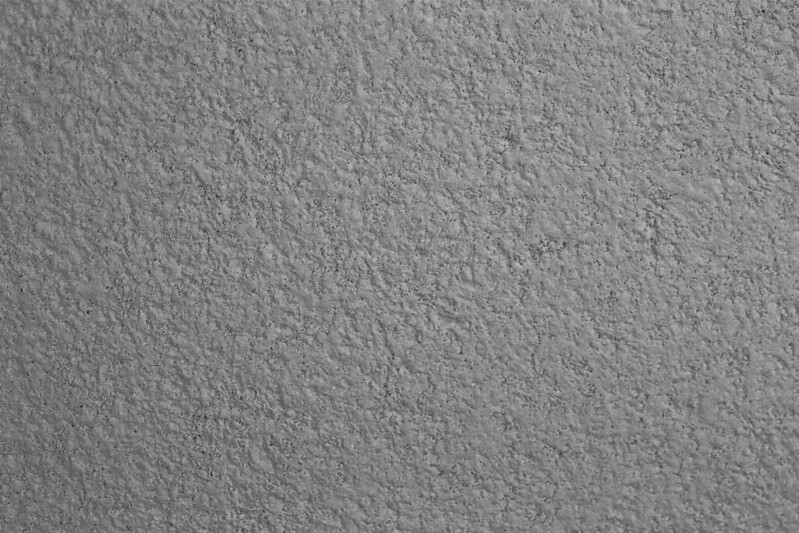Are you struggling to know how to repair water damaged textured ceiling? Though almost every wall will eventually acquire some fault, repairing a textured ceiling is easier with these guidelines and step-by-step instructions.
Homeowners, particularly those who reside in areas with a huge amount of rainfall, witness the worst that can happen to the ceiling of their homes when exposed to water or moisture. Even a tiny amount of water that sits on a surface for even a short period can cause serious and often irreversible harm.

If you have seen that your textured ceiling has been the victim of water damage, you are likely aware of what the source of that water was. It will be necessary to remove the stain and any possible mold to prevent mold growth in the damaged area.
Most of the time, water leaks into the downstairs ceiling and the upper ceiling because of leaking pipes. If water stains appear on the ceiling, they will likely be easier to see, in many cases manifesting as a deeper spot in the paint or a yellowish tint.
How To Fix Water Damaged Textured Ceiling
Types of texture
An example of a texture is with aggregate and without aggregate. Aggregate is a combination of popcorn-shaped bits, chunky bits, and big and little bits and is contrasted with smooth, splatter, and orange peel, all of which has no particulates. You can buy coarse, medium, and fine textures of popcorn, and there are textured wall muds (detergent-free) that are suitable for texture applications but not for aggregates.
It is mixed with water for at least 20 minutes and left to sit to create the texture. You can choose to buy the dry form or a premixed version.
Regardless of whether or not it needs water, it needs to be flooded. Overall, it’s equal amounts of the dry mix and the premixed paste.
Step #1. Soak the texture ceiling brush
Use warm water to moisten your brush for at least an hour or overnight. For your ceiling, you can apply a softening agent to the bristles, resulting in a gentle feel.
Step #2. Make sure the surface is prepared
To clear off any residual dust, scrape around the cracks with a putty knife and then use a paintbrush. When cleaning the ceiling, wear safety eyewear.
When using a textured patching compound, repair big cracks with the joint compound before using the textured patching compound. Before you apply the patching material, make sure the ceiling has been appropriately primed or sealed to avoid water damage. Always use a stain blocker if you have water damage because the old water damage will drip into the paint if you don’t use one.
Step #3. Put on the joint compound
Stir up the joint compound with a paddle or paint stick or large spoon and allow it to mix in using a paintbrush or small paintbrush to soften and let the bubbles break out. To prepare for the upcoming section, use a putty knife to the patch area to distribute the joint compound. Whenever possible, attempt to integrate new edges with the current texture.
To start, you’re not going for any added texture. All you want to do is get it up on the ceiling as smoothly as possible. Apply joint compound at least two more times to cover the repair entirely and spread it out to the patch’s edges, blending it with the rest of the ceiling.
Step #4. Paint the ceiling
It is possible to imitate the appearance or pattern you want with enough repetition. Wait a day or more before painting it, and you’ll be good to go. In painting, you can opt-in using a hand spray paint instead of a roller to minimize the aching it might give after.
How long does it take to fix ceiling water damage?
The time needed for the affected material to dry will affect the time it takes for water damage repairs to finish. For the specific number of days for a room to be dried out and ready for reconstruction to follow, there should be approximately 72 hours to get prepared, with an additional two weeks to deal with actual water damage repairs.
Is ceiling water damage covered by insurance?
Only water leaks and water damage caused by a sudden or accidental cause are covered by homeowners insurance. If a pipe springs a leak out of nowhere, you may rest assured your insurance will not cover the damage. No homeowners insurance covers gradual water damage, which happens over time.
Conclusion
Water is not a friend to textured ceilings, and the process of following how to repair water damaged textured ceiling may be time-consuming and untidy. You may decide that it’s in your best interest to engage a professional to complete the job right.
It is always a great idea to call for help if you are having a hard time. Whether you’re a self-taught DIY person or just starting, maybe these easy to follow steps will help you.
